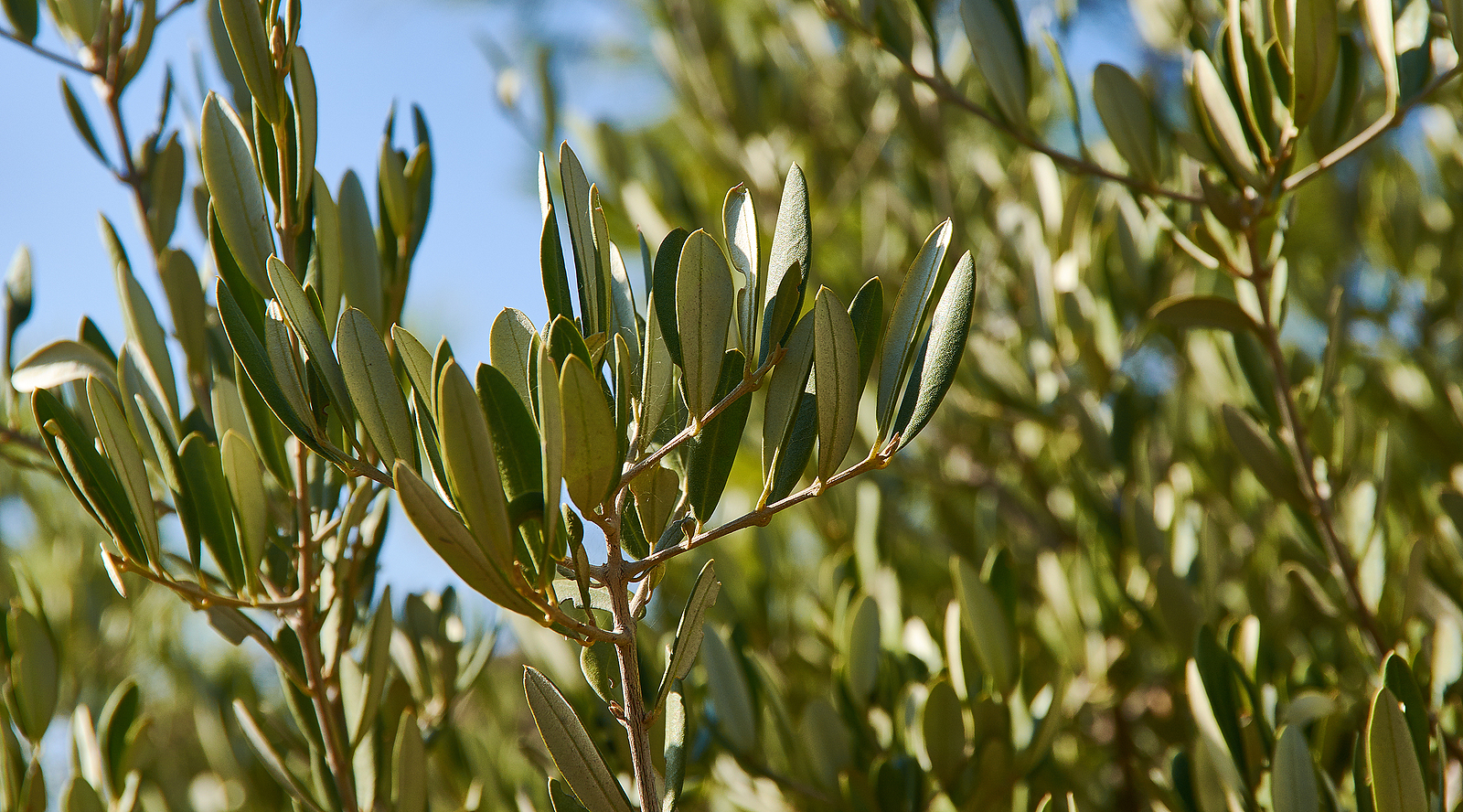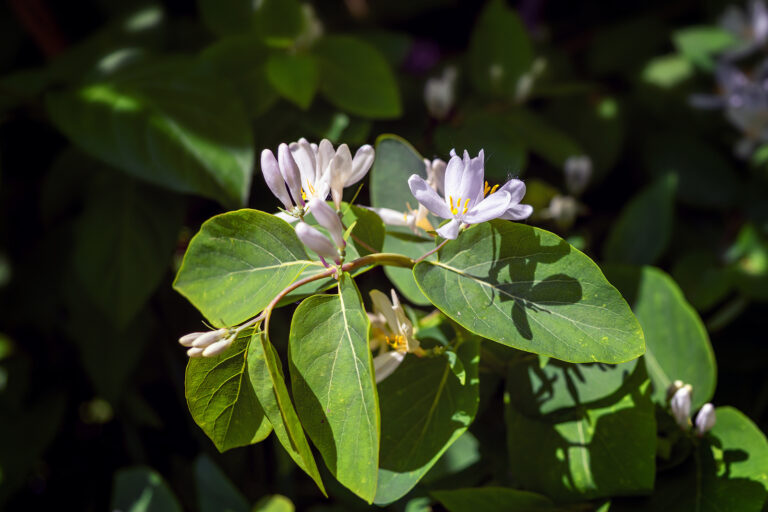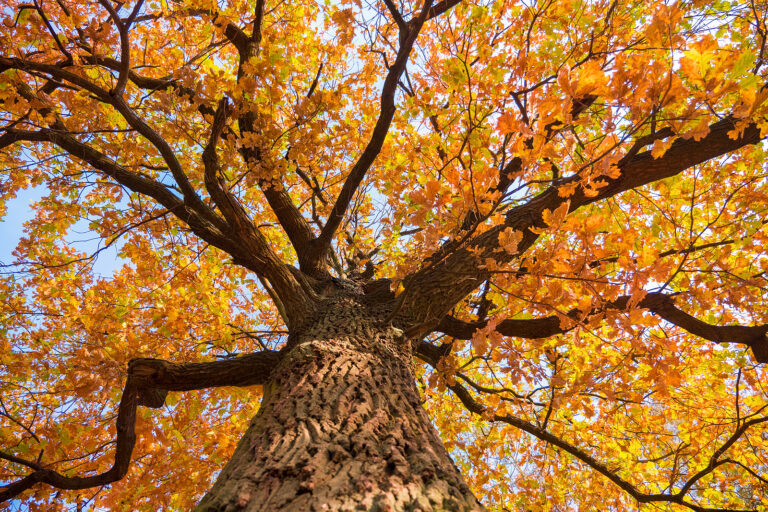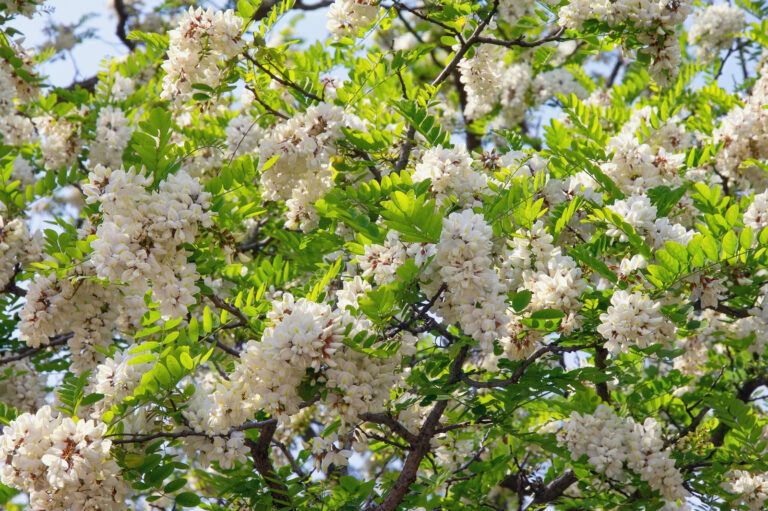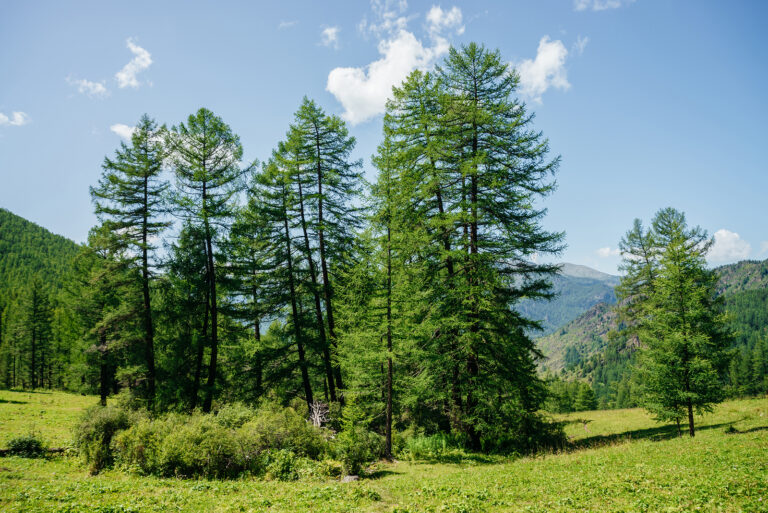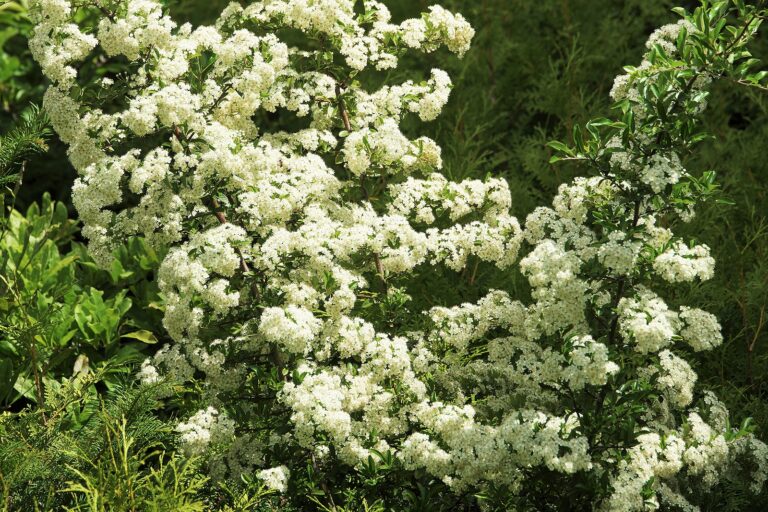How to Grow Sweet Bay — Laurus
Laurus, commonly called sweet bay, is an evergreen shrub cultivated for its leathery aromatic leaves. Bay leaves are primarily used in cooking.
Laurus is often included in herb gardens and is sometimes grown in pots outdoors or indoors close to the kitchen. Laurus can be grown year-round as a houseplant or grown outdoors in pots and overwintered indoors.
Laurus can be grown in a shrub border, in a woodland garden, or against a warm, sunny wall. It can be pruned as a hedge or screen. Without pruning it will grow tall and wide and take a natural pyramid shape. Laurus can be multi-trunked but can be trained as a standard or shaped as a globe or cone.
Laurus is a genus of three species of evergreen shrubs and trees. Laurus is native to stream banks in New Zealand, Chile, and Argentina. The species L. nobilis is commonly grown for culinary use.
Get to know Laurus
- Plant type: Evergreen shrub or tree
- Growing zones and range: Zones 9 to 11 and the southern part of Zone 8
- Hardiness: Hardy to Zone 8; Laurus will be injured in temperatures lower than 20°F (-7°C).
- Height and width: Slow growth to 12 to 40 feet tall and wide
- Foliage: Leathery, aromatic, dark green leaves are oval 2 to 4 inches long
- Flowers: Clusters of small yellow flowers
- Fruit: ½-1-inch-long, black or dark purple berries follow flowers
- Bloom time: Spring
- Uses: Background shrub, screen, or small tree; can be clipped into standards, hedges, or topiary shapes such as globes and cones.
- Common name: Sweet bay, Grecian laurel, bay tree, bay laurel tree
- Botanical name: Laurus nobilis
- Family name: Lauraceae
- Origin: New Zealand, Chile, Argentina
Where to plant Laurus
- Plant Laurus in full sun or partial shade with good air circulation.
- Laurus is not fussy about soil but needs good drainage.
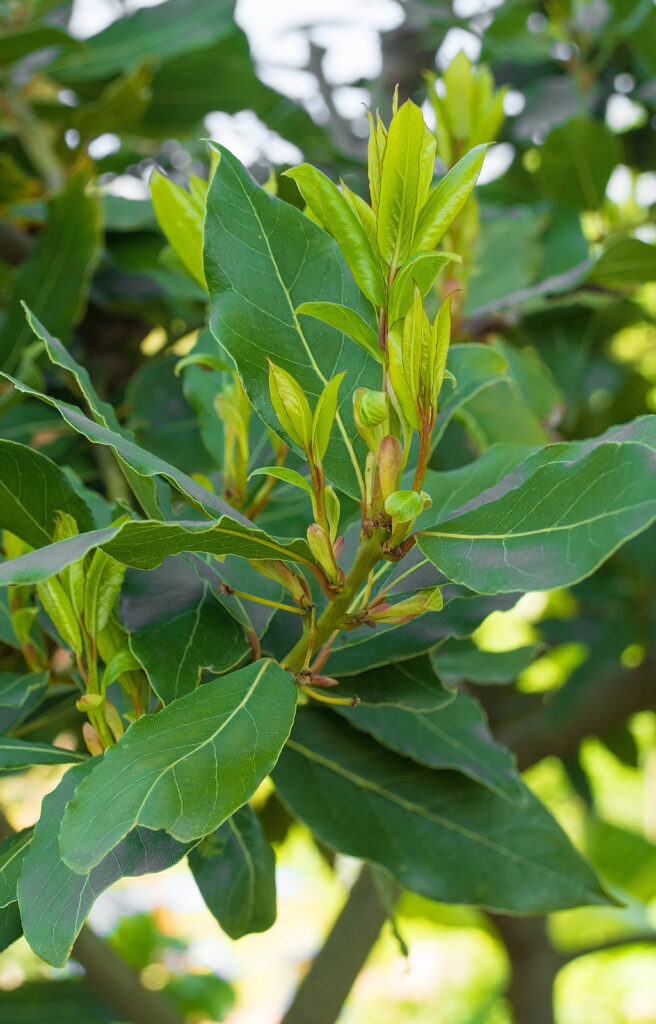
When to plant Laurus
- Set container-grown Laurus in the garden in spring or autumn.
Planting and spacing Laurus
- Space Laurus 30 feet (10m) apart if you intend it to grow to full maturity. Space plants closer together if they are to be pruned regularly.
How to water and feed Laurus
- Laurus needs moderate water; keep the soil just moist, not wet.
- Fertilize Laurus with an all-purpose, slow-release organic fertilizer in spring.
Laurus care
- Laurus can sucker; remove sucker as they appear.
- Laurus that dies back to the ground in cold-winter regions will reprout in spring.
Laurus pests and diseases
- Scale insects and mealybugs may attack Laurus.
- Powdery mildew and anthracnose may occur.
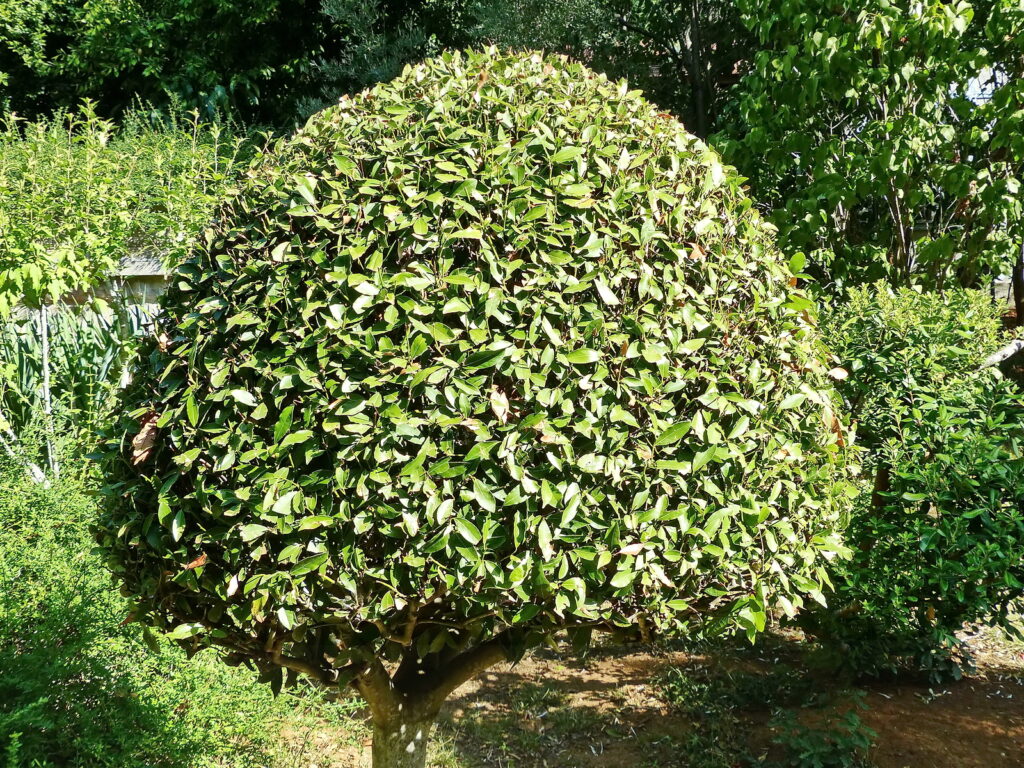
Laurus propagation
- Sow Laurus seed in containers in a cold frame in autumn.
- Take semi-ripe cuttings in summer.
Laurus varieties to grow
- Laurus nobilis. Sweet bay, sometimes called bay laurel. Shrub or tree can easily grow from 20 to 30 feet tall, even to 50 feet in the warmest part of its range. Grown indoors it will grow 5 to 10 feet. Leathery, armomatic leaves; bears inconspicuous yellow-green flowers followed by ½-inch purple or black berries. Cultivar Saratoga’ has broader leaves and a more treelike habit.

